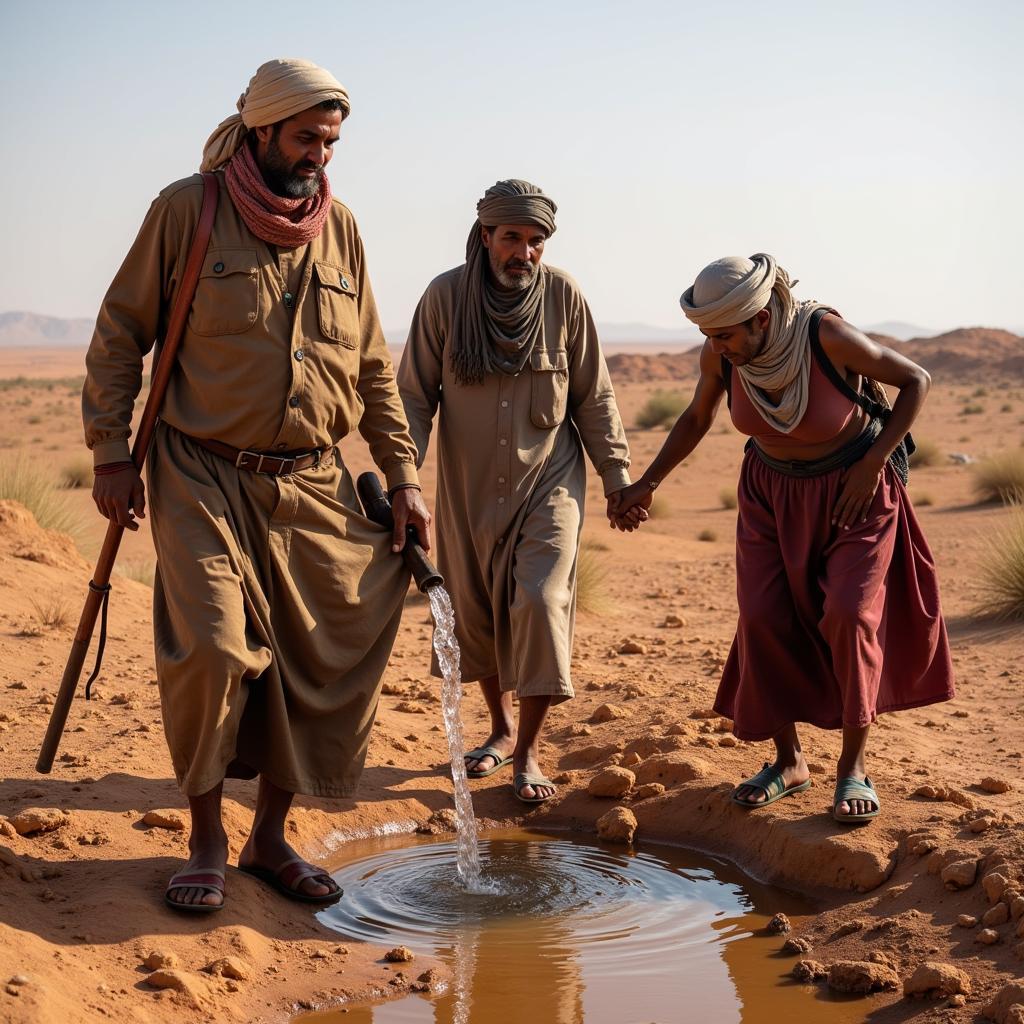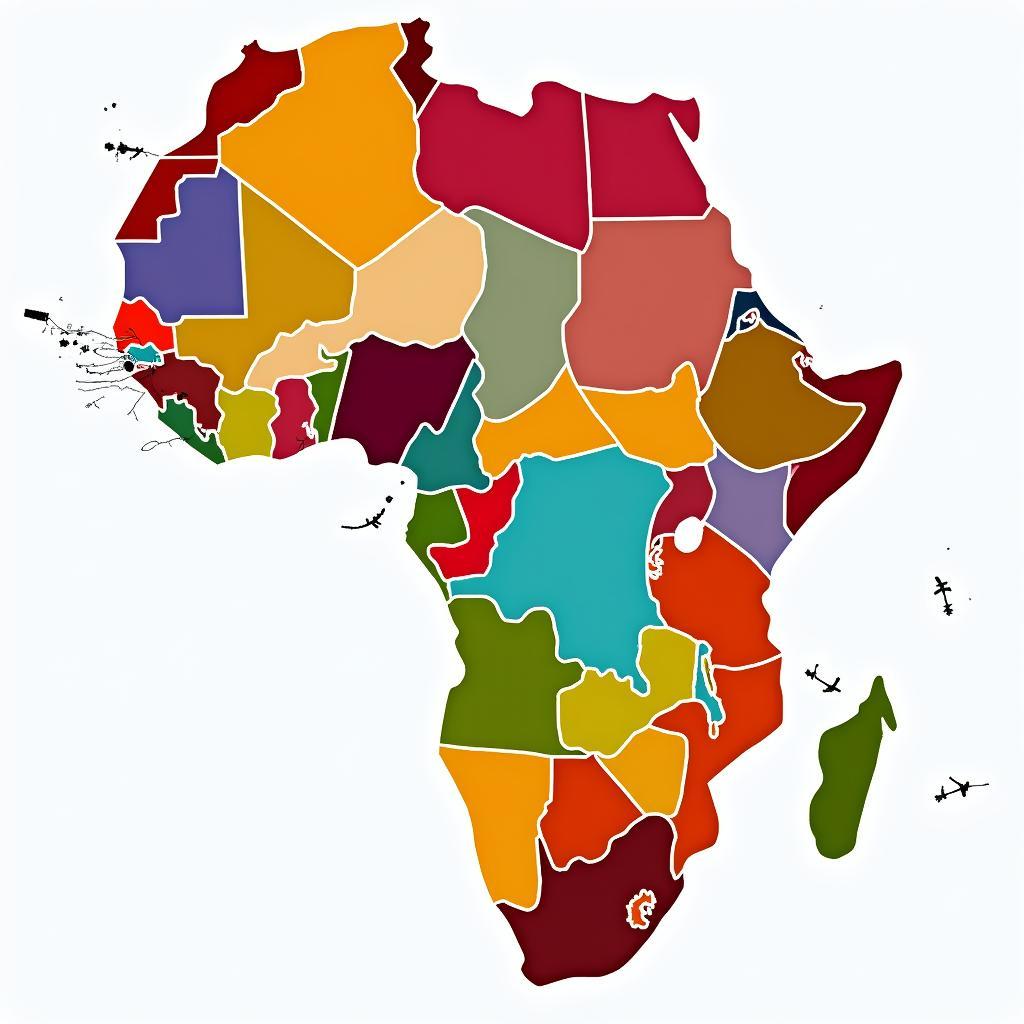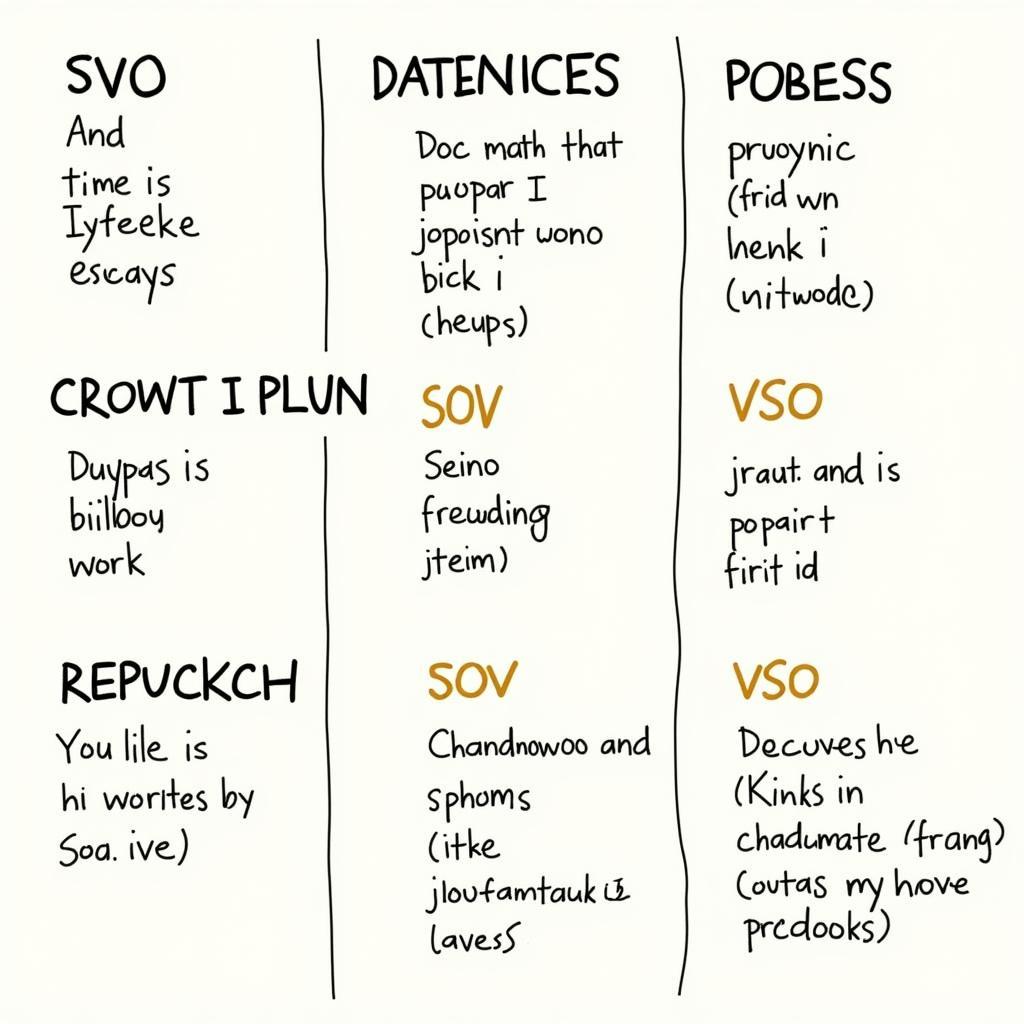African Hair in Africa: A Celebration of Tradition, Style, and Identity
African hair, a defining feature of the continent’s diverse cultures, tells a story of heritage, resilience, and creativity. From the tight coils of 4c hair to the flowing waves of looser textures, African Hair In Africa is not just a physical attribute; it’s a powerful symbol of identity and a canvas for self-expression. For centuries, hairstyles have communicated social status, marital status, and even spiritual beliefs across the vast tapestry of African communities.
African hair care practices are deeply rooted in tradition, often passed down through generations. Natural ingredients like shea butter, coconut oil, and baobab oil have been used for centuries to nourish, moisturize, and protect hair from the harsh African sun. These practices, passed down from mothers to daughters, are more than just beauty routines; they are rituals that connect individuals to their ancestry. For instance, braiding is not merely a hairstyle but often a social gathering, a time for storytelling and bonding. Check out salons specializing in these techniques by searching for an african hair salon near me.
Exploring the Diversity of African Hair Types
African hair textures are as diverse as the continent itself. While often categorized broadly, the nuances are significant. From the tightly coiled 4c textures often found in Southern Africa to the looser curls and waves prevalent in some North and East African regions, each type requires specific care and styling techniques. Understanding these variations is essential for appreciating the complexity and beauty of African hair.
What are the different hair types commonly found in Africa?
Hair types range from 4a, which has a defined curl pattern, to 4c, characterized by tight coils and less defined curls. There are also intermediate textures like 3c and 4b, showcasing the spectrum of hair types found across the continent. African hair dressing involves understanding and catering to these different hair textures.
Hair porosity and density are also crucial factors. Porosity refers to the hair’s ability to absorb moisture, while density describes the amount of hair on the scalp. These factors, combined with hair type, influence product choices and styling methods.
Traditional Hairstyles: A Reflection of Culture and History
Traditional African hairstyles are more than just aesthetic choices. They are intricate expressions of cultural identity, often reflecting a person’s social standing, age, and even spiritual beliefs. These styles, passed down through generations, are a testament to the rich heritage and creativity of African communities.
How do traditional hairstyles reflect cultural identity?
Elaborate braids, adorned with beads and cowrie shells, can signify a person’s marital status or family lineage. Cornrows, meticulously crafted into intricate patterns, tell stories and symbolize social status. Even the simple act of shaving the head can hold cultural significance, marking a rite of passage or a period of mourning. If you’re interested in modern takes on classic looks, search for african bob cut hairstyle images.
Many traditional hairstyles serve practical purposes, protecting the hair from the sun and elements. For instance, twists and braids offer a protective style that minimizes breakage and helps retain moisture. This blend of functionality and artistry makes traditional African hairstyles unique and enduring.
Modern Trends and Influences: Embracing Change While Honoring Tradition
While traditional hairstyles remain a source of pride, modern influences have shaped contemporary African hair trends. The rise of natural hair movements encourages women to embrace their natural textures, celebrating their unique beauty. This embrace of natural hair is not just a trend; it’s a powerful statement of self-acceptance and cultural affirmation. For inspiration for younger generations, consider looking at african american little girl hairstyles.
How are modern trends shaping African hair styles?
From protective styles like braids and twists to bold cuts and vibrant colors, African women are experimenting with diverse looks that blend tradition and modernity. The use of natural hair products and techniques continues to grow, reflecting a focus on healthy hair care practices. African ladies haircut images show the evolution of hairstyles blending modern trends and traditional elements.
“African hair is incredibly versatile,” says renowned hairstylist Abena Osei from Ghana. “It’s a canvas for creativity, allowing individuals to express their personalities and connect with their heritage in countless ways.”
In conclusion, African hair in Africa is more than just strands of hair; it’s a vibrant tapestry woven with threads of tradition, identity, and self-expression. From ancient rituals to contemporary trends, African hair continues to evolve, reflecting the dynamism and resilience of the continent’s people. Embrace the richness and diversity of African hair, and celebrate its enduring beauty.
FAQ
- What are the best products for African hair?
- How can I protect my hair from breakage?
- What are some popular protective styles?
- How often should I wash my hair?
- What are the benefits of using natural hair products?
- How can I maintain healthy hair growth?
- What are some tips for styling 4c hair?
Need help with your African hair? Contact us: Phone: +255768904061, Email: [email protected] or visit us at Mbarali DC Mawindi, Kangaga, Tanzania. We have a 24/7 customer service team.



